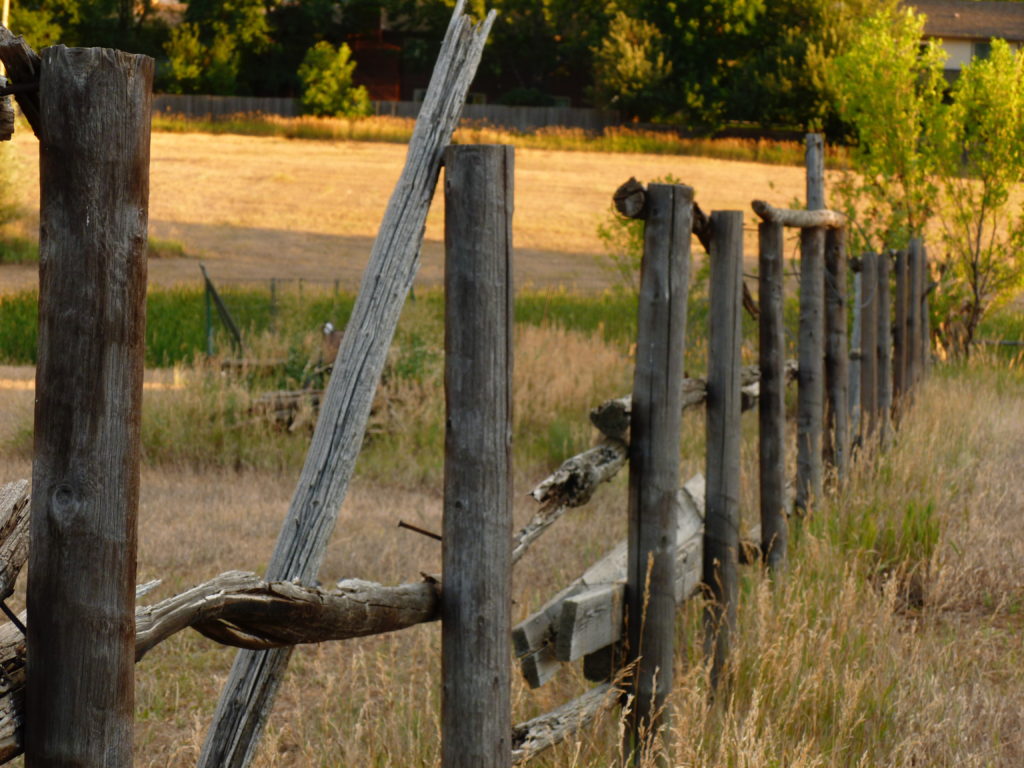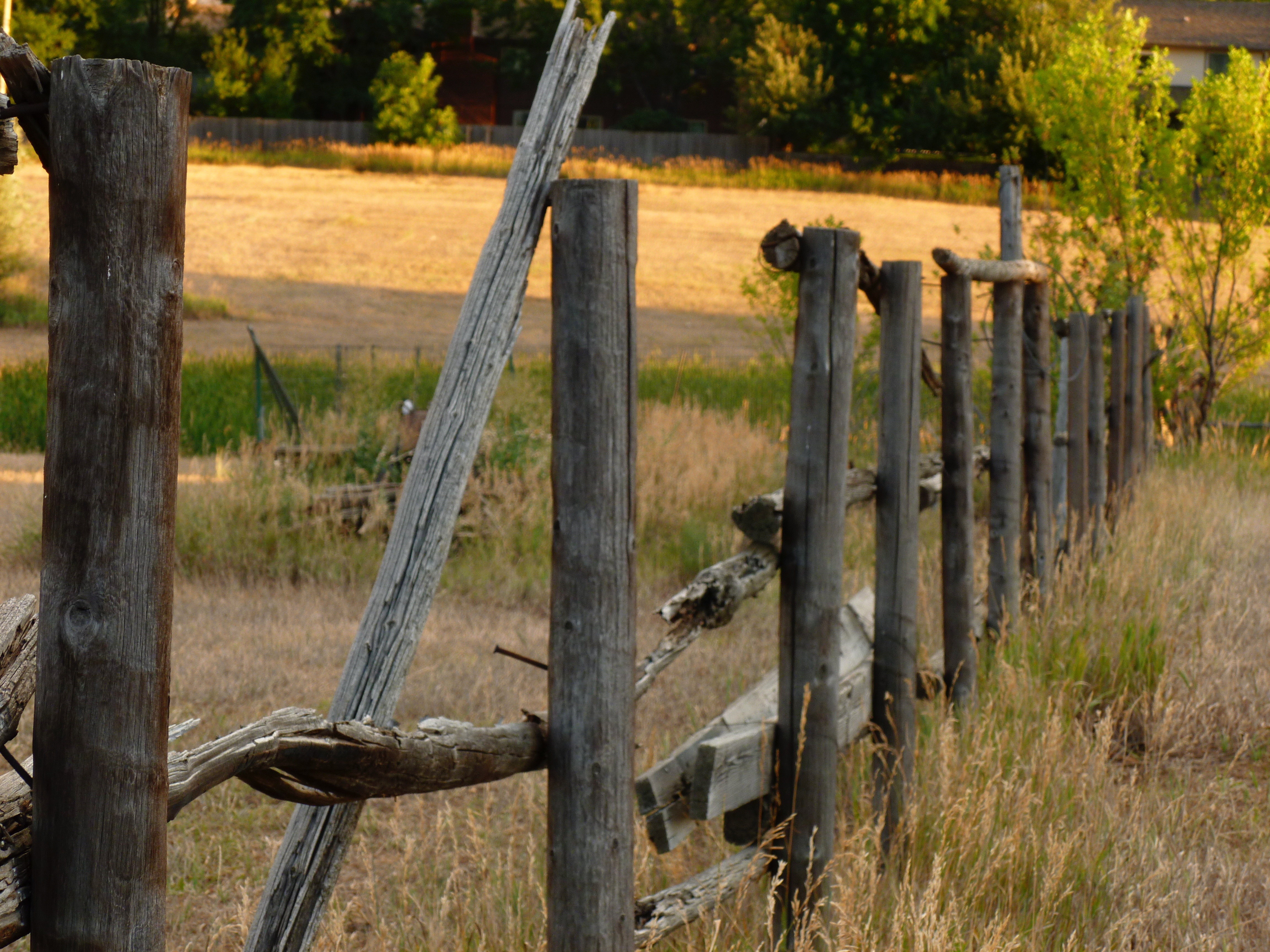“The connection to place remains deep: touching the core of our being. Landscape is our mirror, our book of revelations…”
Suzannah Lessard, The Absent Hand: Reimaging Our American Landscape

I just finished a thought provoking read about the American landscape – as in the literal physical places we inhabit – that provides unexpected insight into the primacy of our relationship to the spaces we navigate in everyday life. The Absent Hand, by Suzannah Lessard, takes the reader on a vivid journey across place and history, reflecting on the cultural and historical dynamics that shape American life, past and present.
I say unexpected insight because relationship to place is a primary focus of my work – albeit in a very different context: that of the interconnection of balance and spatial perception. Balance relies upon knowing where I am in motion in relationship to gravity in space, as does my ability to perceive and navigate the landscape. The two are inextricably connected: we need sensory information about our own motion and body position to accurately perceive space even as we need information about the environment in order to remain balanced and coordinated as we move in the world.
In this process, the brain draws on multiple senses to create multi-dimensional maps, so to speak, woven together from vestibular (motion perception), visual, proprioceptive (muscle and joint sensation), tactile, and auditory information. Not just me, not just the landscape, but me in and in relationship to place.
Interestingly, these maps don’t just underlie the decision-making and action of balance and spatial navigation. Sense of balance and space critically tie to emotional processing, attentional focus, and memory. The neural mechanisms underlying memory and planning have been described by researchers as having evolved from the brain’s ability to navigate in the physical world. Noble Prize winning neuroscientist Edvard Moser summed it up by saying “the neural algorithms underlying navigation in real and mental space are fundamentally the same.”
That’s how deep our connection to place runs. The contextual framework of knowing self and place – past and present and as we plan for the future – is one and the same.
Why the interconnection? Stepping outside of science for a moment, what comes to mind are the words of American artist Clyfford Still describing his paintings as “having the rising form of the vertical necessity of life dominating the horizon. For in such a land a man must stand upright, if he would live.” We survive in and through our interaction with the places we inhabit. The interlinking of perception of self-in-a-place with emotional and cognitive meaning arises from the necessity to act in the landscape for survival and well-being.
While my work addresses these interconnections relative to the individual’s well-being and the literal ability to stand upright and move in the world, Lessard takes the reader on a journey through the broader landscape of American experience as it unfolds in relationship to place. The expansive historical and cultural perspective illuminates the personal and biological view, underscoring the primacy of our connection to the environment.
The larger view explored in the Absent Hand sets in stark relief a major challenge we now face at both the level of society and of the individual regarding place: as we increasingly live sitting in front of screens, the spaces we occupy become incidental to what Lessard calls “the hand of work.” That is, the necessity of an immediate connection to the real physical landscape disappears as we work, learn, and play in the collapsed space of the internet.
For individual well-being, however, the necessity remains. It isn’t simply that we don’t get enough exercise; we fail to engage the process of movement in the service of meaning that underlies the primal relationship of “real in a place,” one that shapes the very nature of who we are. The result is the undermining of well-being at all levels – cognitive, emotional, social, and physical.
Lessard ponders the reimagining of urban, suburban, and rural American landscapes: how do we creatively address our changed relationship to place in terms of design, planning, and public policy? Whatever the way forward, it must acknowledge the underlying nature of who we are, the foundation of which remains the same: the interwoven fabric of self taking action motivated by meaning in a place. Meanwhile, as individuals, we cannot wait for future solutions. The time is now to set down the cell phone, turn off the laptop and TV and actively engage in real 3-dimensional spaces in activities that at once involve movement, mind and feeling. The garden in the suburban back yard; the hiking/biking trail along the old canal that runs through the urban landscape; the dance floor, the tennis court (the martial art mat) — find the personal time and the local places to come back to the core of being.

One comment